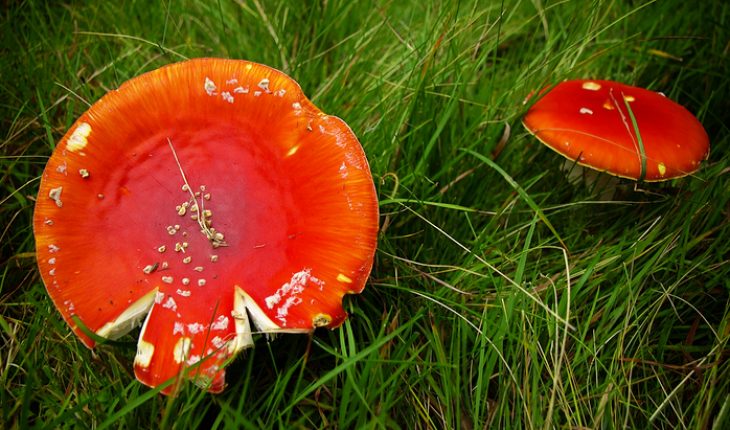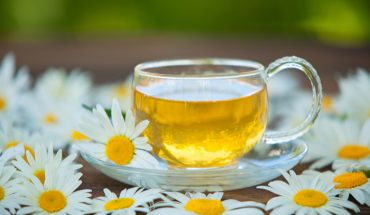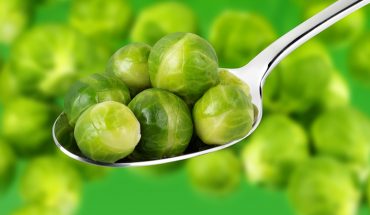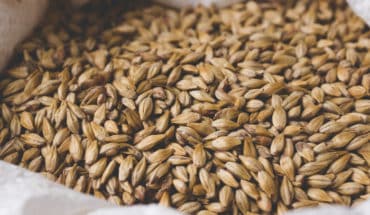Fungi have existed within our bodies for millennia, usually staying at low enough levels to cause no harm. Candida albicans normally exists harmlessly in our guts. However, under certain circumstances, it can proliferate to cause oral or genital thrush, and for some people with compromised immune systems, such as transplant patients, Candida albicans can survive in the bloodstream leading to life-threatening systemic conditions. So it is important to work out how this fungus survives inside with a view to developing ways to tip the balance back in favour of the hospitalised patient.
What we have discovered in our latest research, funded by the European, Medical, and Biotechnology and Biological Sciences Research Councils, is that this fungus is a moving target for our immune defences. It is very good at adapting to the environments within us and, through evolution, it has developed new ways to avoid being detected. Essentially, the fungus is constantly playing a game of hide-and-seek with our immune system. Our findings have been published in Nature Microbiology.
Candida does this by recognising the presence of normal chemicals in our body, such as lactic acid. These signals cause the fungus to change its cell surface in a way that masks it’s presence thereby making it harder for our immune cells to do their job of recognising and killing the invading fungal cells. Candida albicans cells are surrounded by a cell wall comprised of a layer of beta-glucan surrounded by hairy mannan fibrils. Beta-glucan is one of several Pathogen-Associated Molecular Patterns (PAMPs) that our immune system uses to recognise fungal cells before attacking them. What we found is that, when Candida cells detect lactic acid, they activate a specific signalling pathway that triggers to the masking of beta-glucan at their cell surface, thereby making it more difficult for immune cells to recognise them.
In principle, now that we have identified the way in which this fungus masks its presence, we might be able to find ways to stop this happening, helping the patient’s own immune system to clear the infection. We are not saying that this will be a treatment in itself, but in the future, it may be a useful addition to the anti-fungal therapies that are already available.
We didn’t start out on this research programme expecting to find that Candida could change its cell surfaces to avoid being detected. In fact, we happened across this finding when we were looking at how fungal cells behave when they are grown in different environments. But we now have a new understanding about the way the fungus behaves inside us. If we could block this behaviour we might be able to tip, in our favour, the balance between the fungus trying to colonise us and us trying to clear it from our bodies.
With the help of our partners at the Radboud University in Nijmegen, the Netherlands, we are now starting to define how these discoveries, which were made under well-defined laboratory conditions, relate to infections in real patients.
- Hide and seek with fungi - 12th December 2016







